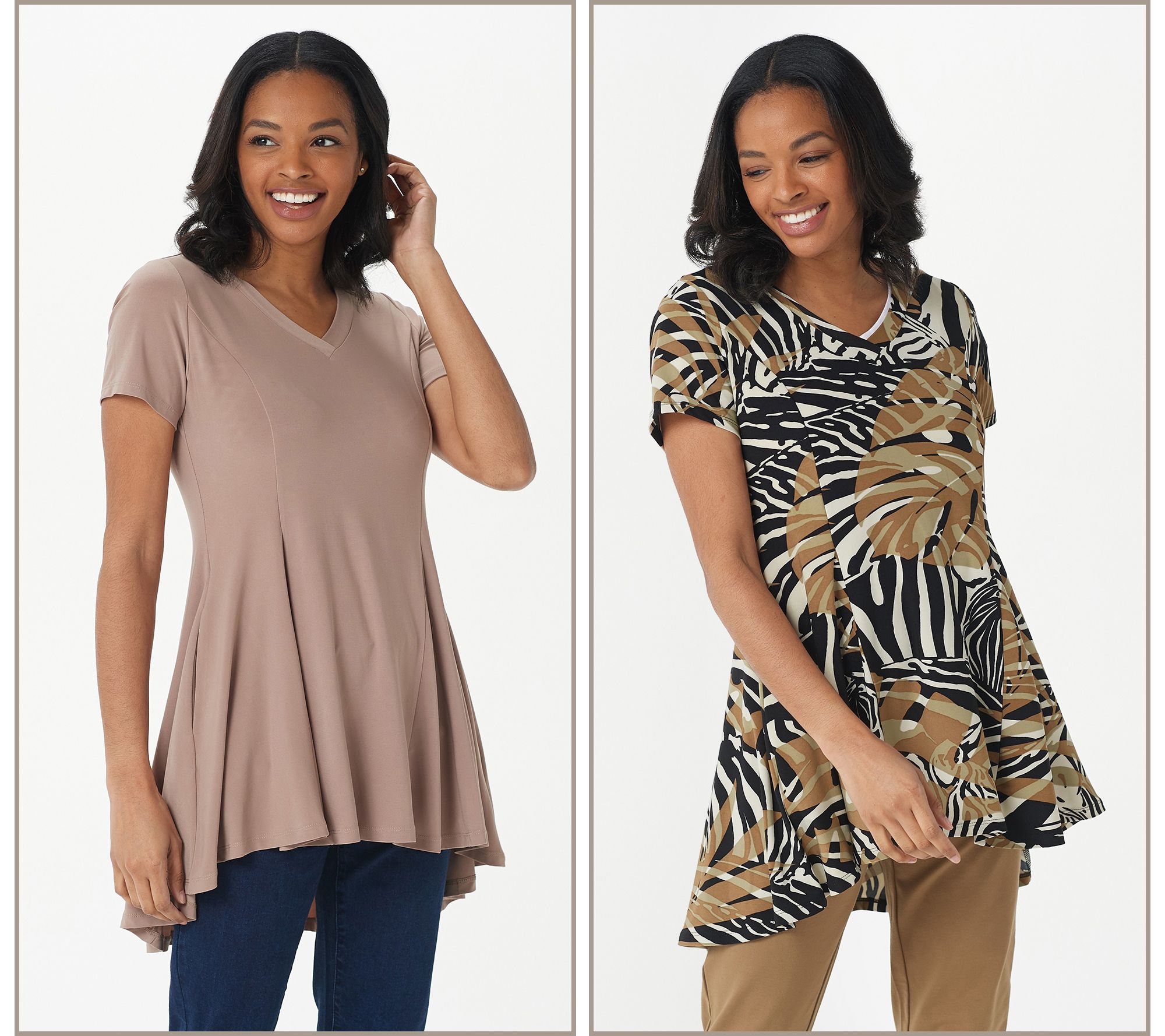Animal Print Maxi Tiered Skirt – M&S COLLECTION
Give your look a bold boost with this animal print skirt. The stylish piece is cut to a regular fit in an easy-to-wear maxi length, and has a pull-on elasticated waist for comfort and convenience.
Give your look a bold boost with this animal print skirt. The stylish piece is cut to a regular fit in an easy-to-wear maxi length, and has a pull-on elasticated waist for comfort and convenience. Frill detailing and a tiered design makes for an elegant drape. M&S Collection: easy-to-wear wardrobe staples that combine classic and contemporary styles.
Fit and style
Lined, Waist to hem length for a size 12: 91cm
Composition
100% polyester, Lining – 100% polyester
Care
- Wash at 40°C delicate
- Do not bleach
- Do not tumble dry
- Iron at low temperature
- Professional dry clean
Additional information
| Model details | Model is 5ft 10" / 178cm, wearing size 8/LNG |
|---|---|
| Length | Waist to hem length for a size 12: 91cm |






by Amanda
Pleased with product Looks good and easy to wear good length.
by Emma
Bought regular length size 12, this was maxi length on me 5’3”, when worn with flat sandals or flip flops, which I liked. However I had also ordered the black/blue version which I preferred so this one has been returned.
by Laura
Bought regular length size 12, this was maxi length on me 5’3”, when worn with flat sandals or flip flops, which I liked. However I had also ordered the black/blue version which I preferred so this one has been returned.
by Jane
Cannot wear polyester other than that fabulous . Marked down due to material and lining both polyester. I would pay more for viscose or cotton.
by Linda
This skirt is lovely and despite current trend for all things floral I couldn’t resist this and so pleased I didn’t. It looks great with a simple tee shirt and flat shoes but equally good with a jumper and boots do great investment.
by Boogie
This skirt is really lovely. I’m 5ft 6” and I bought the longer length for a true maxi skirt. I was worried it might be too long but it’s perfect and looks fab with a pair of flip flops or can be dressed up with heels.